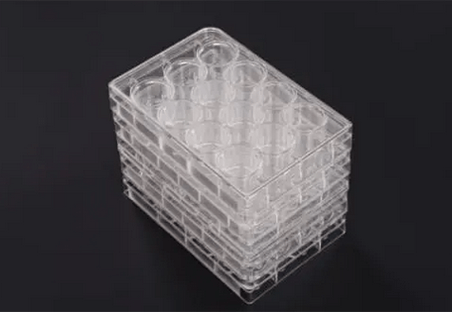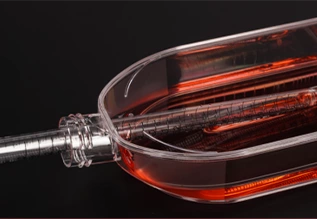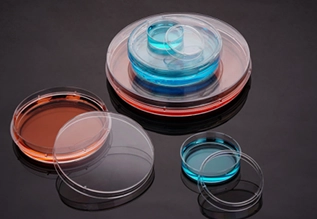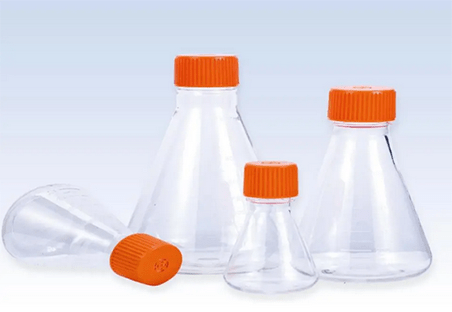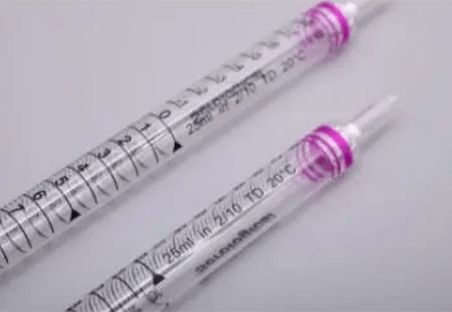Cell culture flasks are a fundamental tool in biological research. They provide a sterile, controlled environment for growing cells. But did you know there are two main types of cell culture flasks: treated and non-treated? Understanding the difference between these two options is crucial for successful cell culture experiments. This article explores what tissue culture flasks are treated with, how they are treated, and provides a detailed comparison between treated and non-treated cell culture flasks.
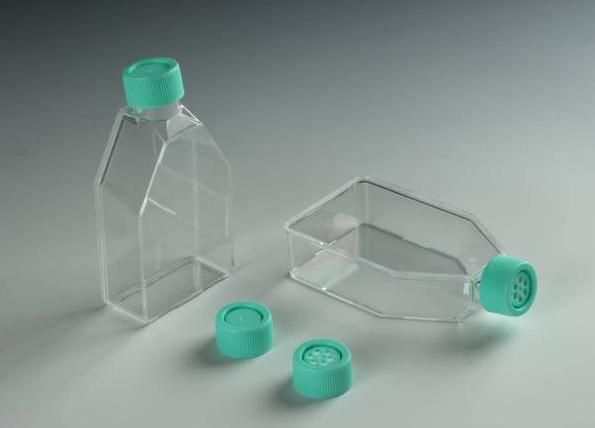
Materials Made of Cell Culture Flasks
Cell culture flasks are commonly made from materials such as polystyrene, which is favored for its clarity, strength, and ease of manufacturing. Polystyrene flasks can be treated to enhance cell adhesion or left untreated for suspension cultures. Other materials used include polypropylene and polycarbonate, each chosen for specific applications based on their chemical resistance, durability, and compatibility with various cell culture conditions.
Treated Cell Culture Flasks
Treated cell culture flasks are engineered to provide optimal conditions for the growth and proliferation of adherent cells, which are cells that require a surface to attach to in order to thrive. These flasks undergo specific surface modifications to enhance their cell-adhesive properties. The primary goal of these treatments is to create an environment that mimics the natural extracellular matrix (ECM) found in tissues, thereby promoting better cell attachment, spreading, and proliferation. Here is a detailed look at the types and benefits of treated cell culture flasks:
Types of Surface Treatment Processes
| Treatment Type | Method | Chemical Modifications | Effects & Benefits | Typical Applications |
| Tissue Culture Treatment (TCT) | Plasma or corona discharge exposure | Introduces carboxyl, hydroxyl, and amine groups | Increases hydrophilicity, enhances cell adhesion | General cell culture, adherent cell lines |
| Plasma Treatment | Exposure to gas plasma | Alters surface energy, increases hydrophilicity | Enhances cell attachment, suitable for various cell types | Cell culture requiring robust cell adhesion |
| Protein Coating | Coating with ECM proteins such as collagen, fibronectin, or laminin | Mimics natural extracellular matrix | Provides optimal cell adhesion and growth environment | Specific cell lines requiring ECM-like surface |
| Poly-D-Lysine or Poly-L-Lysine Coating | Application of synthetic polymers Poly-D-Lysine or Poly-L-Lysine | Creates positively charged surface | Enhances attachment of negatively charged cell membranes | Culturing neurons, cells with adhesion difficulties |
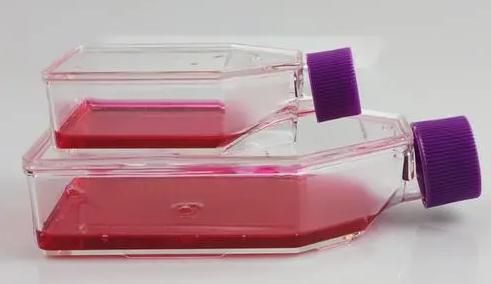
Advantages of Treated Cell Culture Flasks
- Enhanced Cell Adhesion:
- Key Benefit: The primary advantage of treated flasks is their ability to support robust cell attachment.
- Mechanism: The hydrophilic surface and/or presence of ECM proteins facilitate strong interactions between the cell membrane and the flask surface.
- Outcome: Cells spread more effectively, creating a more uniform monolayer and allowing for better cell morphology.
- Improved Cell Proliferation:
- Growth Promotion: By providing a conducive environment for cell attachment, treated flasks support increased cell proliferation.
- Experimental Success: Higher cell viability and proliferation rates lead to more reliable and reproducible experimental results.
- Applications: This is particularly important in applications such as drug screening, toxicology studies, and cell biology research.
- Optimized for Adherent Cells:
- Targeted Use: Treated flasks are ideal for culturing adherent cell lines, which include a wide variety of cell types such as fibroblasts, epithelial cells, endothelial cells, and many primary cells.
- Versatility: They are used in diverse applications, including cancer research, tissue engineering, and regenerative medicine.
- Compatibility: Treated surfaces are compatible with various cell culture media and supplements, providing flexibility in experimental design.
- Consistent and Reliable Results:
- Quality Control: Treated flasks undergo rigorous quality control to ensure consistent surface properties, which is crucial for reproducibility.
- Experimental Confidence: Researchers can trust that the treated surfaces will perform reliably, reducing variability and enhancing the accuracy of experimental data.
Practical Applications
- Drug Testing and Toxicology: Treated flasks provide a stable and reproducible environment for high-throughput screening of pharmaceutical compounds.
- Cell Behavior Studies: Researchers study cell migration, differentiation, and other behaviors in a controlled and predictable environment.
- Tissue Engineering: Treated flasks support the growth and proliferation of cells used in the development of artificial tissues and organs.
- Regenerative Medicine: Cells grown in treated flasks can be used for cell therapy and regenerative medicine applications, where robust cell growth is essential.
In a word, treated cell culture flasks are essential tools in biomedical research and biotechnology. Their enhanced surface properties facilitate better cell adhesion, growth, and proliferation, making them indispensable for a wide range of experimental applications.
Non-Treated Cell Culture Flasks
Non-treated cell culture flasks are specifically designed for applications where cell adhesion is not required. These flasks have surfaces that remain in their original, untreated state, providing a hydrophobic environment that is not conducive to cell attachment. This makes non-treated flasks ideal for culturing suspension cells and other applications where cell adherence is not necessary. Below is a detailed exploration of the features, benefits, and applications of non-treated cell culture flasks.
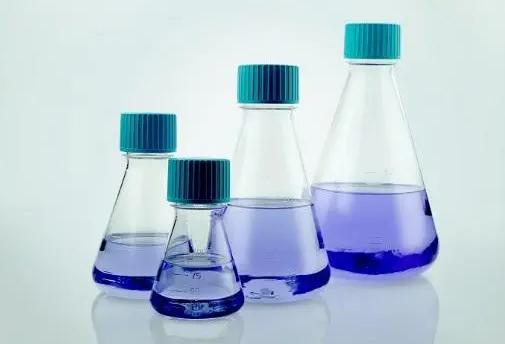
Surface Characteristics
Hydrophobic Surface: The surface of non-treated cell culture flasks is hydrophobic, meaning it repels water and does not support cell adhesion. This non-adhesive environment is ideal for cells that grow in suspension, as it allows them to remain free-floating in the culture medium.
Advantages of Non-Treated Cell Culture Flasks
- Ideal for Suspension Cultures:
- Suspension Cells: Non-treated flasks are perfect for culturing cells that grow in suspension, such as hybridomas, hematopoietic stem cells, and certain cancer cell lines.
- No Adhesion Required: These cells do not require a surface to attach to and can proliferate while floating in the culture medium.
- Preventing Unwanted Cell Attachment:
- Cell Aggregation: For applications where cell aggregation is beneficial, non-treated surfaces prevent individual cells from adhering to the flask, promoting the formation of cell clusters.
- Contamination Prevention: In some cases, avoiding cell attachment can help prevent contamination and ensure that only the desired cell type proliferates.
- Versatility in Applications:
- Bioreactors and Large-Scale Cultures: Non-treated flasks are commonly used in bioreactors and other large-scale culture systems where suspension growth is necessary for high-yield production.
- Protein and Antibody Production: Suspension cultures in non-treated flasks are often used for the production of recombinant proteins and monoclonal antibodies, as they can support high-density cell growth.
- Simplified Harvesting:
- Ease of Cell Collection: Harvesting cells from non-treated flasks is straightforward, as cells are not attached to the surface. This can simplify downstream processing and reduce the need for enzymatic detachment methods.
- Cell Viability: Maintaining higher cell viability during harvesting is easier since there is no need to use harsh detachment agents.
Practical Applications
- Culturing Hybridomas: Hybridomas, which are used to produce monoclonal antibodies, grow well in non-treated flasks. The suspension culture environment supports high-density growth and efficient antibody production.
- Stem Cell Research: Hematopoietic stem cells, which give rise to blood cells, thrive in suspension cultures. Non-treated flasks provide the ideal environment for these cells to proliferate without adhering to surfaces.
- Vaccine Production: Certain types of viral vaccines are produced using suspension cell cultures. Non-treated flasks are used to cultivate the host cells in suspension, which then produce the viral components needed for the vaccine.
- Recombinant Protein Production: Non-treated flasks are utilized in the production of recombinant proteins. Suspension cells can be genetically modified to express proteins of interest, which are then harvested from the culture medium.
Non-treated cell culture flasks play a vital role in the cultivation of suspension cells and other specialized applications where cell adhesion is not desirable. Their hydrophobic surfaces prevent cell attachment, making them ideal for culturing hybridomas, hematopoietic stem cells, and cells used in protein and antibody production.
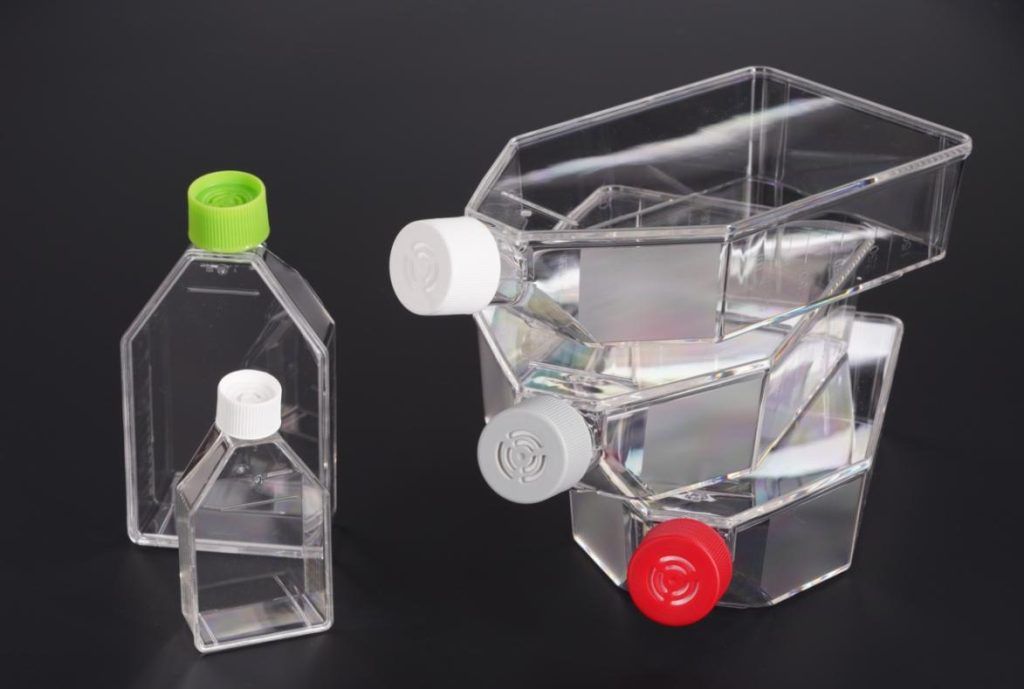
Comparison of Treated and Non-Treated Cell Culture Flasks
| Feature | Treated Cell Culture Flasks | Non-Treated Cell Culture Flasks |
| Surface Characteristics | Hydrophilic, often with additional chemical groups or protein coatings | Hydrophobic, retaining the original plastic surface |
| Cell Adhesion | Enhanced, supports robust cell attachment and spreading | Minimal to none, does not support cell attachment |
| Cell Types | Adherent cells (e.g., fibroblasts, epithelial cells) | Suspension cells (e.g., hybridomas, hematopoietic stem cells) |
| Proliferation and Growth | Promotes cell proliferation and uniform monolayer formation | Supports high-density growth in suspension cultures |
| Applications | Tissue engineering, drug screening, cell behavior studies | Protein and antibody production, bioreactors, vaccine manufacturing |
| Surface Treatments | Tissue culture treatment, plasma treatment, protein coatings, Poly-D-Lysine | None, retains original surface properties |
| Ease of Cell Harvesting | Requires enzymatic detachment or mechanical scraping | Simplified harvesting, no detachment agents needed |
| Use in Large-Scale Cultures | Typically used in smaller-scale, adherent cell experiments | Suitable for large-scale bioreactor systems and industrial applications |
| Cost | Generally higher due to additional surface treatments | Lower, as no additional treatments are applied |
| Experimental Considerations | Ideal for studies requiring strong cell attachment and proliferation | Ideal for studies requiring cell suspension and aggregation |
This sheet provides a side-by-side comparison of treated and non-treated cell culture flasks, highlighting their key features, cell compatibility, applications, and practical considerations. If you are looking for a treated and non-treated cell culture flask supplier, please feel free to contact Scopelab. They can provide you various laboratory consumables with high quality.
